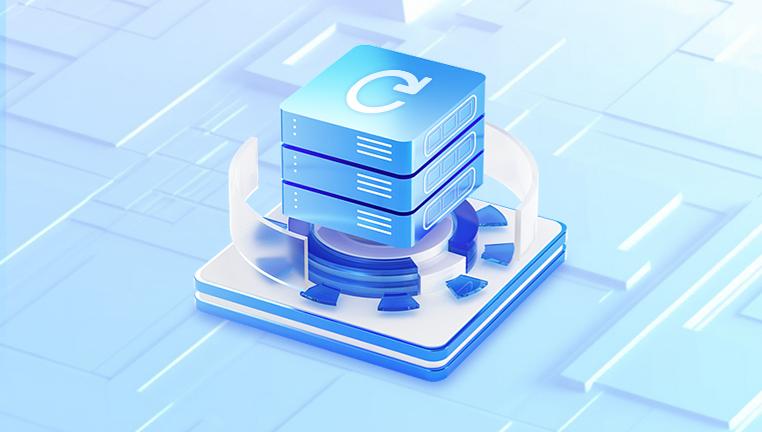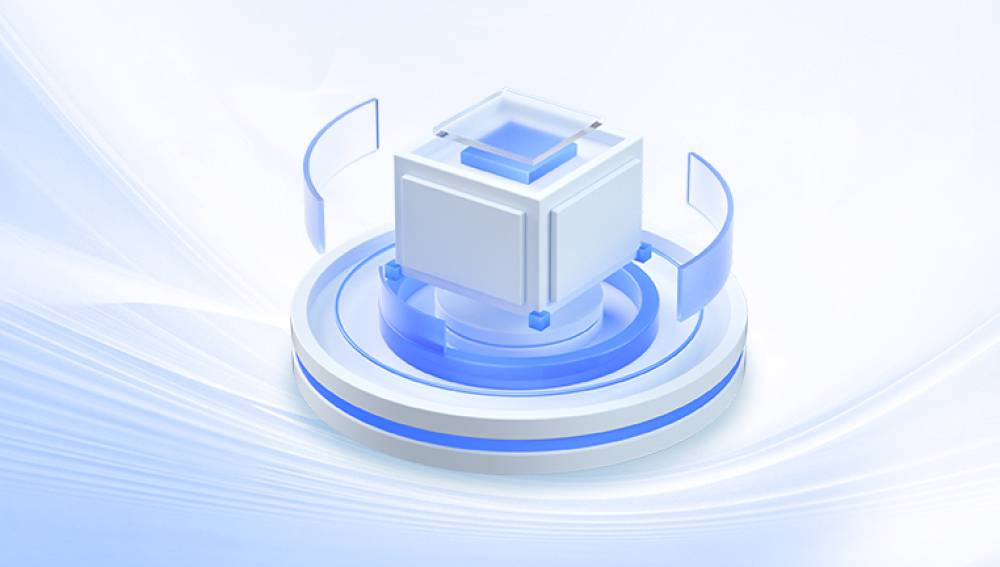A hard drive crash can be a devastating event for anyone relying on digital storage for their data. It often leads to the loss of important files, documents, and memories, prompting the need for effective recovery solutions. Understanding the nature of hard drive failures, the recovery process, and the tools available can help mitigate the damage and restore lost data.
1. Hard Drive Failures
1.1 What is a Hard Drive Crash?
A hard drive crash refers to a failure that renders the drive inaccessible or unusable. This can result from mechanical failures, electrical issues, or logical errors, causing the loss of data stored on the device.
1.2 Symptoms of a Crashed Hard Drive
Recognizing the signs of a crashed hard drive is crucial for timely intervention. Common symptoms include:
Unusual Noises: Clicking, grinding, or whirring sounds indicate mechanical failure.
Frequent Errors: Read/write errors, corrupted files, or system crashes can signal impending failure.
Inaccessible Data: Files may become unreadable, or the operating system may fail to boot.
Freezing or Slow Performance: Slow data access or freezing applications can indicate hard drive issues.
1.3 Causes of Hard Drive Crashes
Understanding the potential causes can help prevent future incidents. Common causes include:
Mechanical Failures: Issues with the read/write head, spindle, or motor can lead to physical damage.
Logical Failures: Corruption of the file system due to software errors or virus attacks.
Overheating: Excessive heat can damage internal components.
Power Surges: Sudden electrical surges can cause immediate damage to the drive.
Physical Damage: Drops or impacts can lead to mechanical failure.

2. Preparing for Recovery
2.1 Assessing the Situation
Before attempting recovery, assess the extent of the damage. If the hard drive is making unusual noises, refrain from using it to prevent further damage. If the drive is not physically damaged, recovery attempts may be more successful.
2.2 Backing Up Data (If Possible)
If the drive is still partially accessible, immediately back up any critical data to another storage device. This may include:
Copying essential files to an external drive or cloud storage.
Creating a disk image if the drive is operational.
2.3 Tools and Resources Needed
Panda Assistant
Panda Assistant is an innovative data recovery software designed to help users effortlessly recover lost or deleted files from various storage devices, including hard drives, SSDs, and USB drives. With its intuitive interface, even those with limited technical skills can navigate the recovery process easily.
This software employs advanced scanning algorithms to perform both quick and deep scans, effectively locating a wide range of file types documents, images, videos, and more. Users can preview recoverable files before initiating the recovery, ensuring they retrieve only what they need.
3. Recovery Methods
Recovery methods depend on the type of failure (logical or physical). Below, we outline steps for both scenarios.
3.1 Logical Recovery
Logical recovery is feasible when the data is still intact but inaccessible due to file system corruption or accidental deletion.
Step 1: Use Data Recovery Software
Download and Install Software: Choose a reputable data recovery tool and install it on a different drive to avoid overwriting lost data.
Connect the Crashed Drive: Use a USB to SATA adapter to connect the crashed hard drive to a functioning computer.
Launch the Recovery Tool: Start the recovery software and select the crashed hard drive for scanning.
Perform a Scan: Choose between a quick scan and a deep scan. A quick scan will search for recently deleted files, while a deep scan will thoroughly examine the drive for recoverable data.
Review the Results: Once the scan is complete, browse the recoverable files. Most software allows users to preview files before recovery.
Recover Files: Select the files you want to recover and specify a destination folder on another drive. Avoid saving recovered files back to the crashed drive to prevent overwriting.
Step 2: Use Command Prompt (Windows)
For advanced users, the Command Prompt can help recover files:
Open Command Prompt: Type cmd in the Windows search bar and run as administrator.
Use CHKDSK Command: Type chkdsk X: /f (replace X with the letter of the crashed drive). This command will check the drive for errors and attempt to fix them.
Recover Files: After running the command, check if you can access your files. If successful, back them up to another location.
3.2 Physical Recovery
Physical recovery is necessary when the drive has sustained hardware damage. This process is more complex and often requires professional assistance.
Step 1: Identify Physical Damage
Listen for Unusual Noises: If the drive makes clicking or grinding sounds, it likely has mechanical issues.
Check for Overheating: Feel the drive to see if it’s excessively hot. Overheating can cause damage to the components.
Inspect Connections: Ensure all cables and connections are secure. Sometimes, a simple disconnection can cause the drive to become unresponsive.
Step 2: Seek Professional Help
If physical damage is suspected, it’s best to consult a professional data recovery service. They have specialized tools and cleanroom environments to open the drive without further damaging it.
Cost: Physical recovery can be expensive, ranging from $300 to $3.500 depending on the severity of the damage and the service provider.
Turnaround Time: Recovery times can vary from a few days to weeks, depending on the complexity of the case.
4. Preventing Future Crashes
While it’s impossible to eliminate the risk of hard drive failure completely, several preventive measures can reduce the likelihood:
4.1 Regular Backups
Implement a regular backup routine, utilizing methods such as:
Cloud Storage: Services like Google Drive, Dropbox, and OneDrive offer easy access and storage solutions.
External Hard Drives: Schedule periodic backups to an external drive to ensure data redundancy.
4.2 Monitor Drive Health
Regularly check the health of your hard drive using monitoring tools. Applications like CrystalDiskInfo can provide valuable insights into the drive’s condition.
4.3 Use Surge Protectors
Protect your devices from power surges by using surge protectors or uninterruptible power supplies (UPS). This helps prevent electrical damage to the hard drive.
4.4 Handle Drives with Care
Physical care is essential for hard drives, especially external ones. Avoid dropping or jostling them, and keep them in protective cases when not in use.




